Welcome to a captivating exploration led by Katrina McVeigh, your trusted permanent makeup and medical tattoo artist. Join us as we unravel the intriguing origins of permanent makeup, a transformative art with roots dating back to ancient civilizations.
In the vast tapestry of human history, our exploration of permanent makeup commences in the mesmerising world of ancient Egypt. Here, the desire for beauty was as enduring as the pyramids that still stand tall today. Archaeological revelations have unveiled the secrets of Egyptian women who ingeniously utilised natural pigments to enhance their eyes and lips.
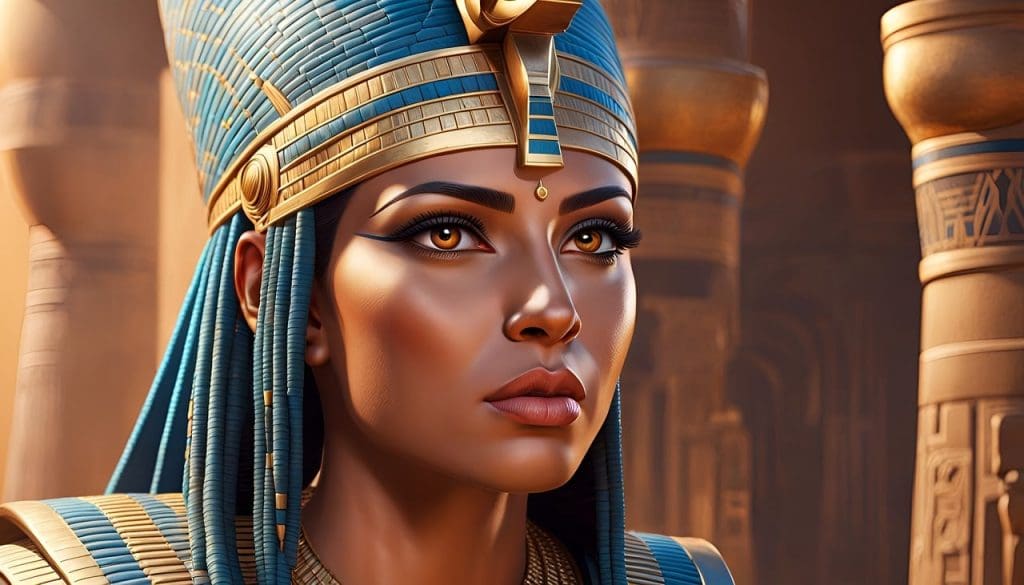
The application of these pigments was not merely a cosmetic choice, it carried profound cultural and symbolic significance. The ancient Egyptians believed that adorning oneself with makeup could harness divine protection and align with spiritual beliefs. The intricate artistry reflected not only the pursuit of beauty but a deeper connection to spirituality and the divine.
Beyond the Nile, permanent makeup found its place in diverse cultures across the globe. Indigenous tribes embraced the use of pigments for tribal markings, each stroke telling a unique story. This art was more than skin-deep, it symbolised identity, rites of passage, and a connection to the cultural tapestry that defined these communities.
As we delve deeper into the roots of permanent makeup, we uncover its fascinating role in ancient rituals and ceremonies. The application of pigments became a transformative process, a ritualistic journey that marked significant milestones in individuals’ lives. This ritualistic aspect of permanent makeup resonated across cultures, emphasising the timeless connection between beauty and cultural identity.
Indigenous tribes around the world embraced pigments as more than just adornments, they were sacred markings that symbolised identity, lineage, and rites of passage. The application of these pigments was not a fleeting trend but a practice deeply ingrained in the cultural fabric, reflecting the values and beliefs of these communities.
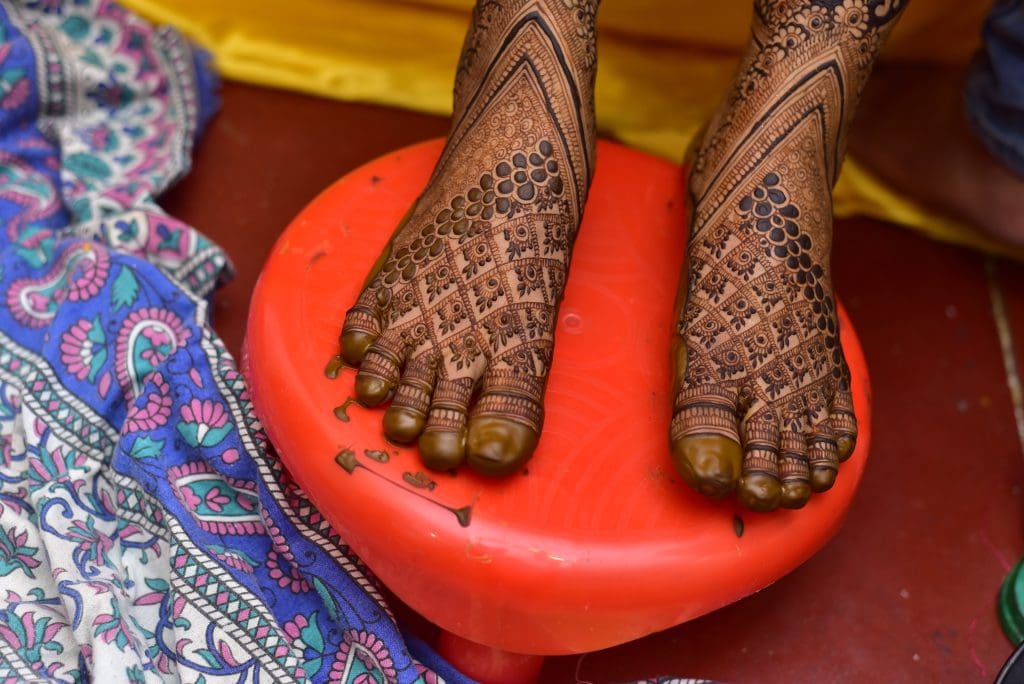
In many societies, permanent makeup became intertwined with rituals and ceremonies. Whether it was the embellishment of facial features for weddings, celebrations, or spiritual rites, the artistry of pigments became a transformative process, marking important milestones in individuals’ lives. This ritualistic connection highlighted the inseparable link between beauty and cultural identity, reinforcing the idea that the pursuit of beauty was not just a personal choice but a communal celebration.
As we traverse through the evolution of permanent makeup, it becomes apparent that this art form wasn’t stagnant but adapted to the changing tides of time. What started as a ritualistic practice in ancient cultures evolved into a more widespread phenomenon, embracing new techniques and technologies.
As we transition into the 20th century, the world of permanent makeup undergoes a revolutionary transformation, marking a pivotal moment in the evolution of this timeless art. Technological advancements and shifting societal perspectives set the stage for a new era in which permanent makeup not only thrived as a cosmetic enhancement but also emerged as a solution to address medical needs.
During this era, the tools and techniques for permanent makeup took a giant leap forward. Traditional methods, such as manual application with needles, saw a significant upgrade with the introduction of tattoo machines. These innovations allowed for greater precision, control, and efficiency in depositing pigments into the skin.
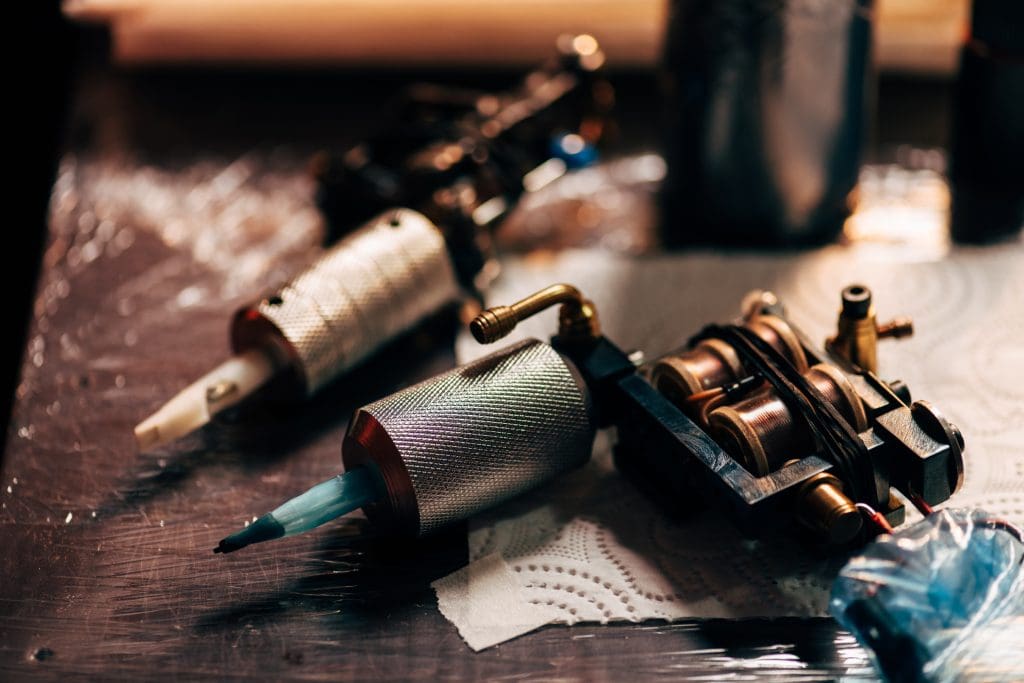
The 20th century also witnessed a paradigm shift in the perception of permanent makeup. It transitioned from being a practice primarily rooted in cultural and cosmetic realms to a respected discipline that could serve practical and medical purposes. Professionals began utilising their expertise to address concerns beyond aesthetics, such as scar camouflage and the restoration of features post-mastectomy.
In the realm of scar camouflage, permanent makeup proved to be a transformative solution for individuals seeking to conceal scars resulting from surgeries, accidents, or medical conditions. The meticulous application of pigments helped restore a sense of normalcy and confidence to those who had previously felt self-conscious about their scars.
Similarly, permanent makeup emerged as a powerful tool in the field of breast reconstruction post-mastectomy. Nipple and areola restoration became an integral part of the healing process for many breast cancer survivors, offering not only physical reconstruction but also emotional healing and a renewed sense of femininity.
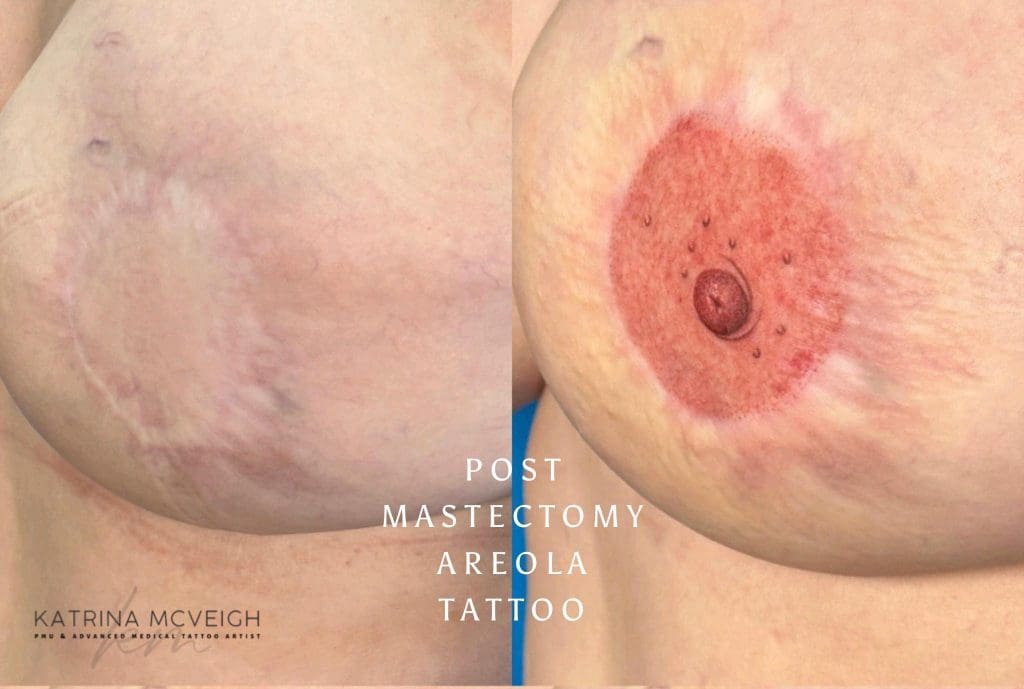
This era laid the foundation for the modern intersection of permanent makeup with medical and cosmetic domains. The recognition of its transformative potential in both realms propelled the art to new heights, with professionals like myself standing at the forefront of innovation.
The 20th-century innovations in permanent makeup not only improved the techniques but also widened its scope, proving that this art form is not confined to mere aesthetics. It became a symbol of empowerment, helping individuals reclaim their identities and confidence in the face of life-altering challenges. As we appreciate the advancements of this era, we also anticipate the continued evolution of permanent makeup, driven by a commitment to blending artistry with purpose.
As we delve into the annals of permanent makeup history, a fascinating chapter unfolds – the influence and symbiotic relationship with the age-old art of tattooing. The convergence of these two worlds, each with its unique cultural roots and aesthetic expressions, has played a pivotal role in shaping the modern landscape of permanent makeup.
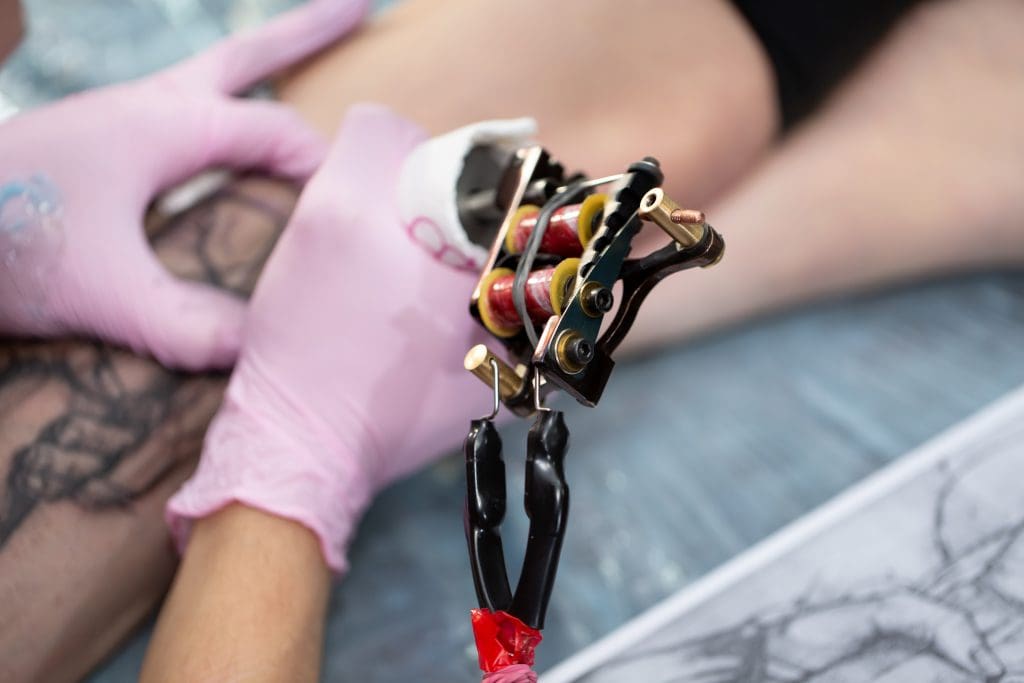
Tattooing, an ancient practice with deep cultural and symbolic significance, has left an indelible mark on the trajectory of permanent makeup. Tattoo artists, in their pursuit of intricate designs and skilled techniques, inadvertently contributed to the evolution of micropigmentation. The shared use of needles, pigments, and the quest for precision became common ground for these two art forms.
In the mid-20th century, as tattooing gained wider acceptance and recognition as a legitimate form of self-expression, permanent makeup rode the coattails of this cultural shift. The exchange of techniques and tools between tattoo artists and permanent makeup professionals became more pronounced. The art of depositing pigments into the skin, refined in tattoo parlors, found its way into the realm of cosmetic enhancements.
One of the notable contributions from tattooing to permanent makeup was the adoption of electric machines. Tattoo artists had already embraced this technology to enhance the efficiency and accuracy of their craft, and permanent makeup professionals saw its potential for their own use. The transition from manual tools to electric machines marked a significant leap forward in the precision and control of pigment application, benefitting both art forms.
The shared history also extended to pigment selection and color theory. Tattoo artists, with their expertise in creating long-lasting, vibrant designs, influenced the pigments chosen by permanent makeup professionals. This cross-pollination of knowledge resulted in a broader spectrum of pigments that could withstand the test of time, ensuring lasting and realistic results in both body art and cosmetic enhancements.
Moreover, the artistic techniques employed in tattooing, such as shading and contouring, found application in permanent makeup. Eyebrows, lips, and eyeliner benefited from the nuanced approaches perfected in the world of tattooing, creating a seamless blend of artistry and cosmetic application.
In the ever-evolving realm of permanent makeup, the latter part of the 20th century and the early 21st century witnessed a profound metamorphosis driven by groundbreaking technological advancements. These innovations not only transformed the tools and techniques used in the application of permanent makeup but also broadened its accessibility, precision, and longevity.
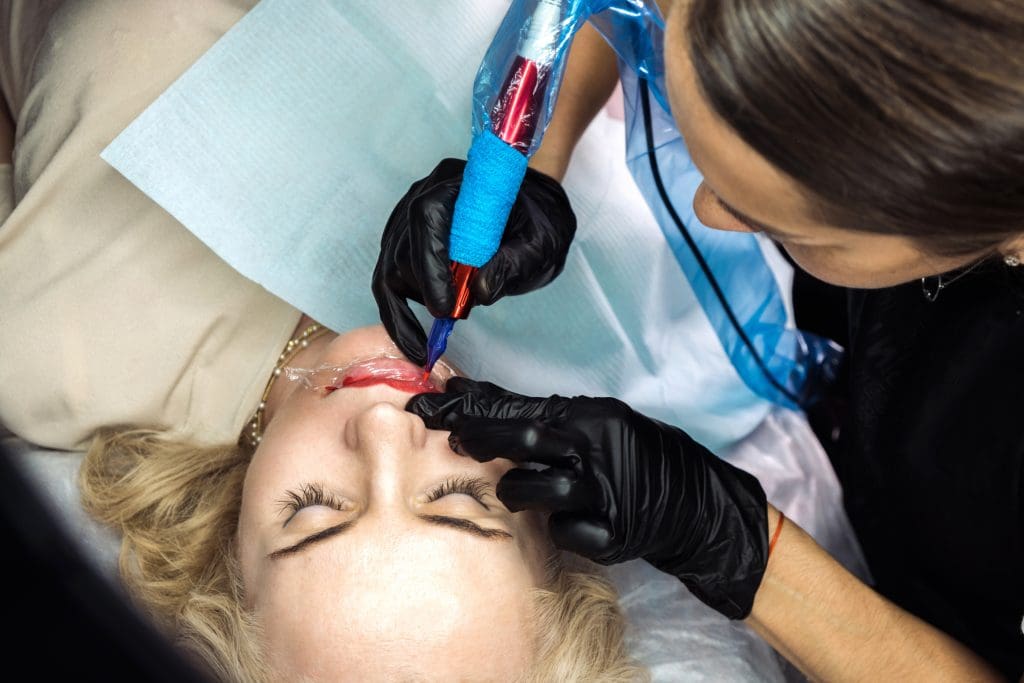
Precision Tools and Machines: The advent of state-of-the-art machines marked a significant leap forward in the precision of permanent makeup application. Modern rotary machines and computerised devices allowed for finer control over needle movement and pigment deposition. This technological leap enhanced the accuracy of procedures, ensuring that artists could create meticulous, natural-looking enhancements tailored to individual features.
High-Quality Pigments: Technological advancements brought forth a new era of pigment development. The pigments used in permanent makeup evolved to offer a broader range of colors and improved stability. These high-quality pigments were formulated to resist fading over time, ensuring that the results remained vibrant and true to the intended hues. The refinement of pigments contributed to the longevity of permanent makeup, giving clients confidence in the durability of their enhancements.
Digital Imaging and Design Software: The integration of digital imaging and design software revolutionised the consultation and design process. Artists could use these tools to simulate the expected results, allowing clients to visualise the potential outcomes before undergoing the procedure. This not only enhanced communication between the artist and the client but also ensured a more collaborative and personalised approach to permanent makeup application.
Safety and Sterilisation Practices: Advancements in technology also extended to the safety protocols and sterilisation methods within the permanent makeup industry. Disposable, single-use components, and improved sterilisation techniques became standard, minimising the risk of infection and ensuring the highest standards of hygiene during procedures. These technological advancements prioritised client safety, elevating the overall professionalism of the industry.
Education and Training Platforms: The digital age brought forth innovative platforms for education and training in the field of permanent makeup. Online courses, webinars, and interactive tutorials empowered aspiring artists to acquire knowledge and hone their skills remotely. This accessibility fostered a global community of permanent makeup professionals who could exchange ideas, techniques, and experiences, contributing to a collective elevation of industry standards.
Smart Pigmentation Devices: In recent years, smart pigmentation devices have emerged, integrating advanced technology with traditional micropigmentation methods. These devices often include features such as adjustable needle speed, precise depth control, and real-time feedback mechanisms. The incorporation of smart technology enhances the procedural experience for both artists and clients, ensuring optimal results and comfort.
As a professional permanent makeup artist, navigating this technological landscape is not just a matter of keeping pace, it’s about harnessing these advancements to deliver unparalleled results. The marriage of artistry and technology continues to redefine the canvas of permanent makeup, offering a spectrum of possibilities that cater to the diverse needs and preferences of clients in our modern, tech-driven era.
As we step into the contemporary era, the world of permanent makeup experiences a vibrant renaissance, blending the timeless allure of tradition with cutting-edge innovations. This modern chapter in the history of micropigmentation is characterised by a dynamic fusion of artistry, technology, and an unwavering commitment to individual empowerment.
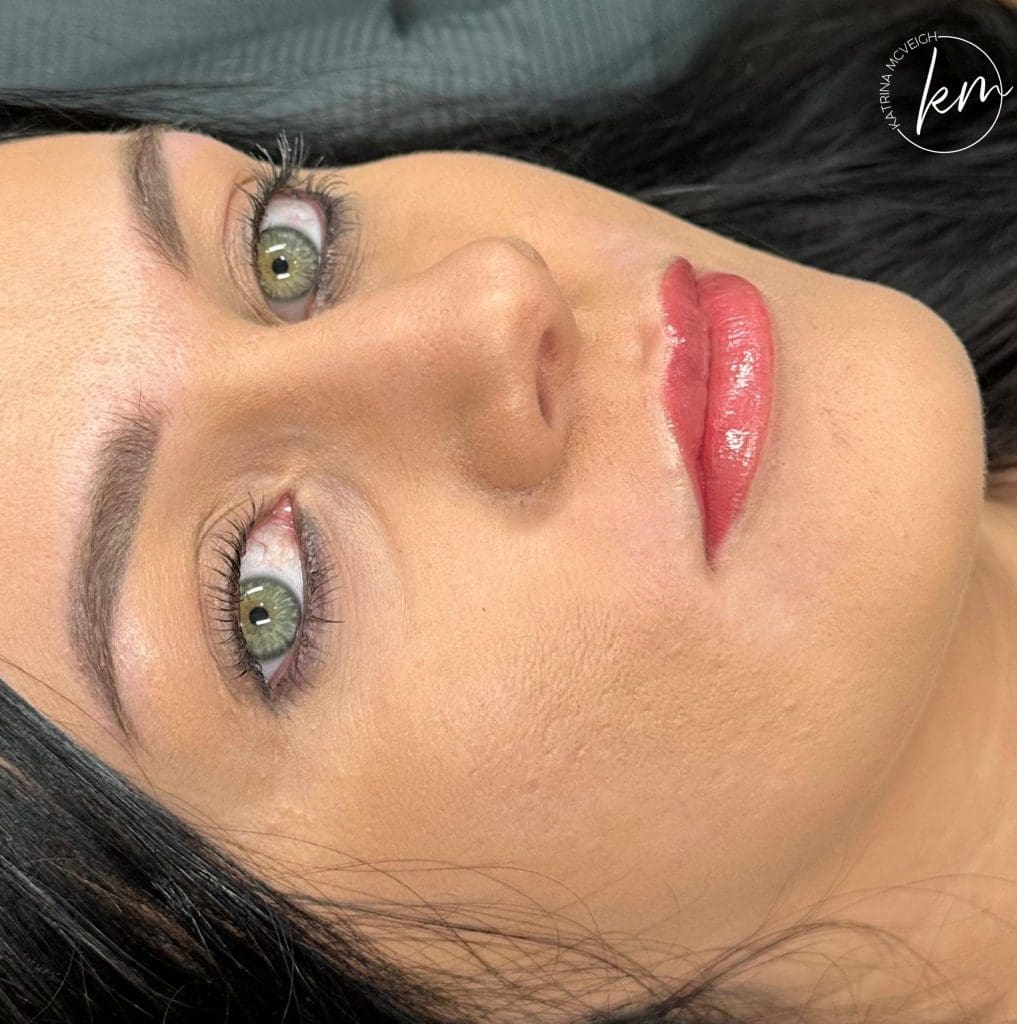
Lip Blushing for Effortless Elegance: In the quest for luscious lips, lip blushing emerges as a contemporary favorite. This technique involves the application of pigments to the lips, providing a subtle, natural tint. Far from the bold and defined lip liners of the past, lip blushing imparts a delicate, youthful flush, enhancing the overall aesthetic while maintaining an air of effortlessness.
Ombre and Powder Brows for Soft Perfection: Ombre and powder brows have gained popularity for those desiring a softer, more muted look. These techniques involve creating a gradient effect, with the color gradually fading from a bolder shade at the arch to a lighter hue at the start of the brows. The result is a seamlessly blended, soft-focus appearance, lending an air of sophistication and polish to the overall facial canvas.
Advanced Techniques in Areola Restoration: In the realm of medical tattooing, advanced techniques in areola restoration post-mastectomy showcase the compassionate side of permanent makeup. Artists skillfully recreate natural-looking areolas, not only contributing to physical reconstruction but also playing a crucial role in the emotional healing process for breast cancer survivors.
The Role of Social Media and Influencers: The modern renaissance owes much of its popularity to the role of social media and influencers. Platforms like Instagram and Pinterest have become virtual galleries, showcasing the artistic prowess of permanent makeup professionals. Clients are now more informed and inspired, able to explore a plethora of styles and techniques before choosing the right artist for their needs.
Customisation and Personalisation: Central to the modern renaissance is the emphasis on customisation and personalisation. Permanent makeup is no longer a one-size-fits-all affair, it’s an art form that tailors enhancements to the unique features, preferences, and lifestyles of each individual. This bespoke approach ensures that clients not only leave with enhanced beauty but also with a heightened sense of self.
As a professional permanent makeup and advanced medical tattoo artist, I find myself at the intersection of tradition and innovation, navigating this exciting renaissance with a deep appreciation for the roots of micropigmentation. The modern era celebrates diversity, creativity, and individuality, making permanent makeup more than just a cosmetic enhancement – it’s a celebration of personal expression and the artistry that defines our ever-evolving standards of beauty.
As we conclude our journey through the origins of permanent makeup, I invite you to embrace the enduring desire for beauty and self-expression. Discover the artistry and innovation that have shaped this transformative practice, and look forward to a future where permanent makeup continues to inspire and empower. If you have any questions about permanent makeup or medical tattooing please feel free to contact me, or you can read my Ultimate Guide To Permanent Makeup.
Stay Beautiful with Katrina McVeigh, Your Professional Permanent Makeup and Advanced Medical Tattoo Artist
Leave a Reply